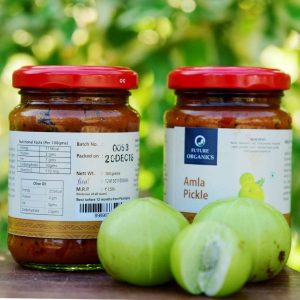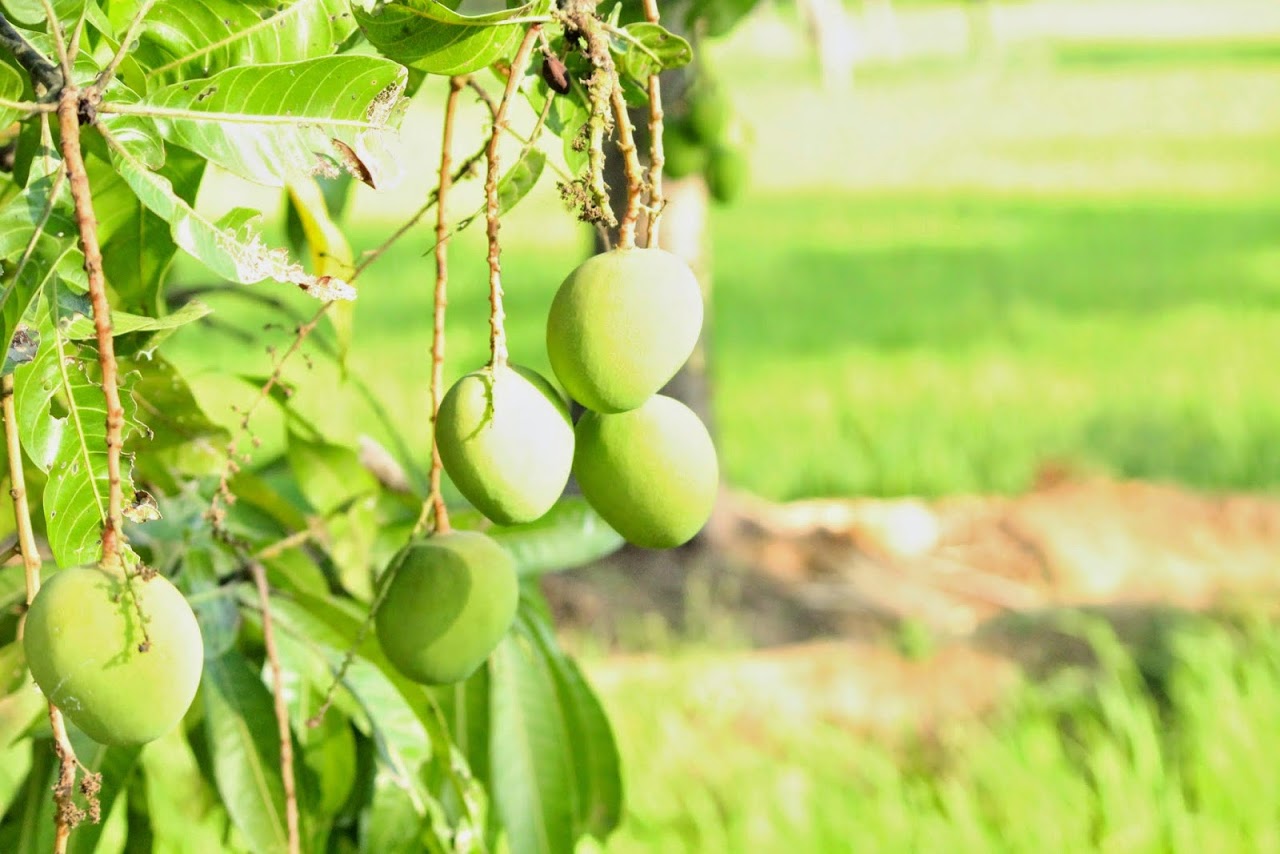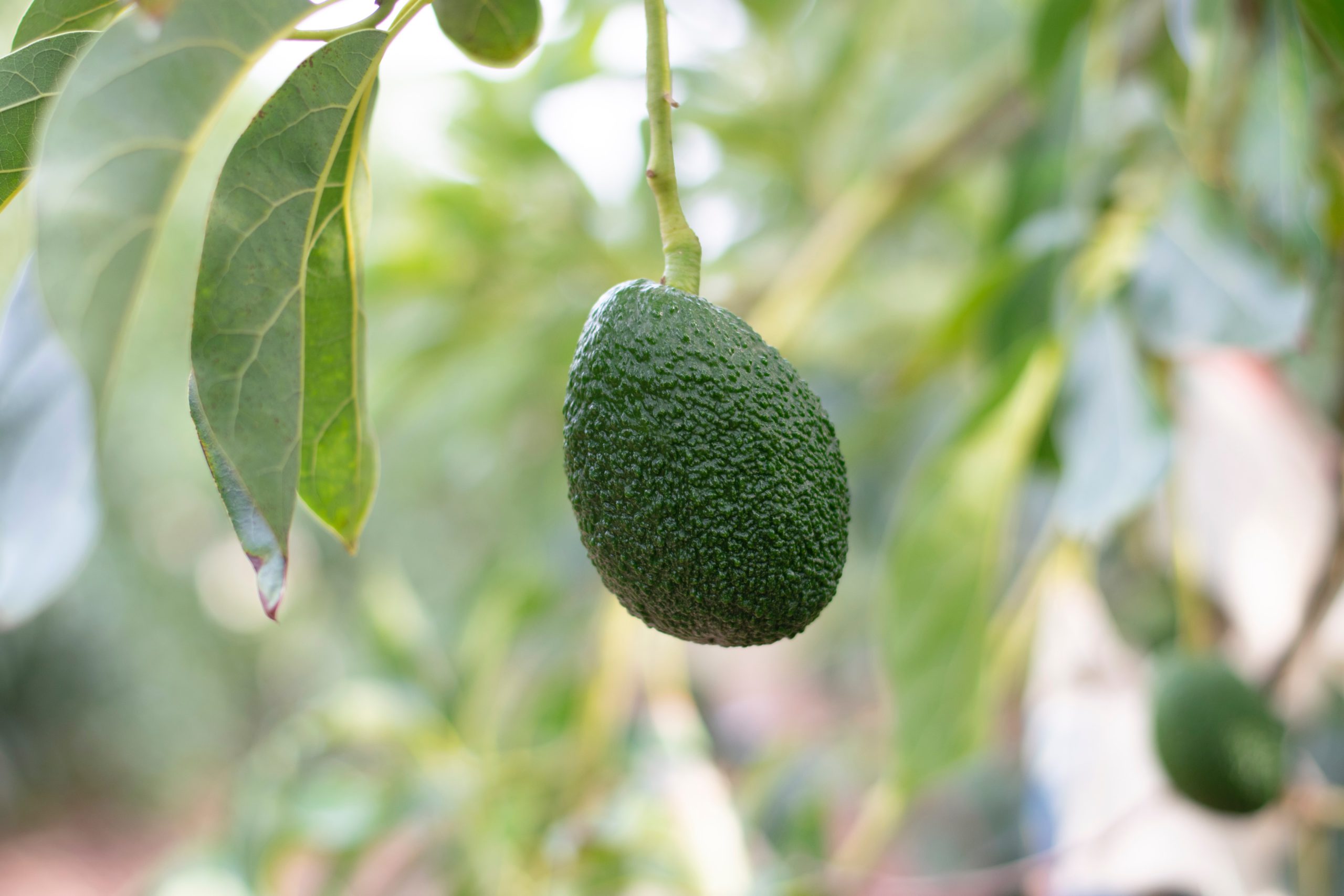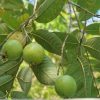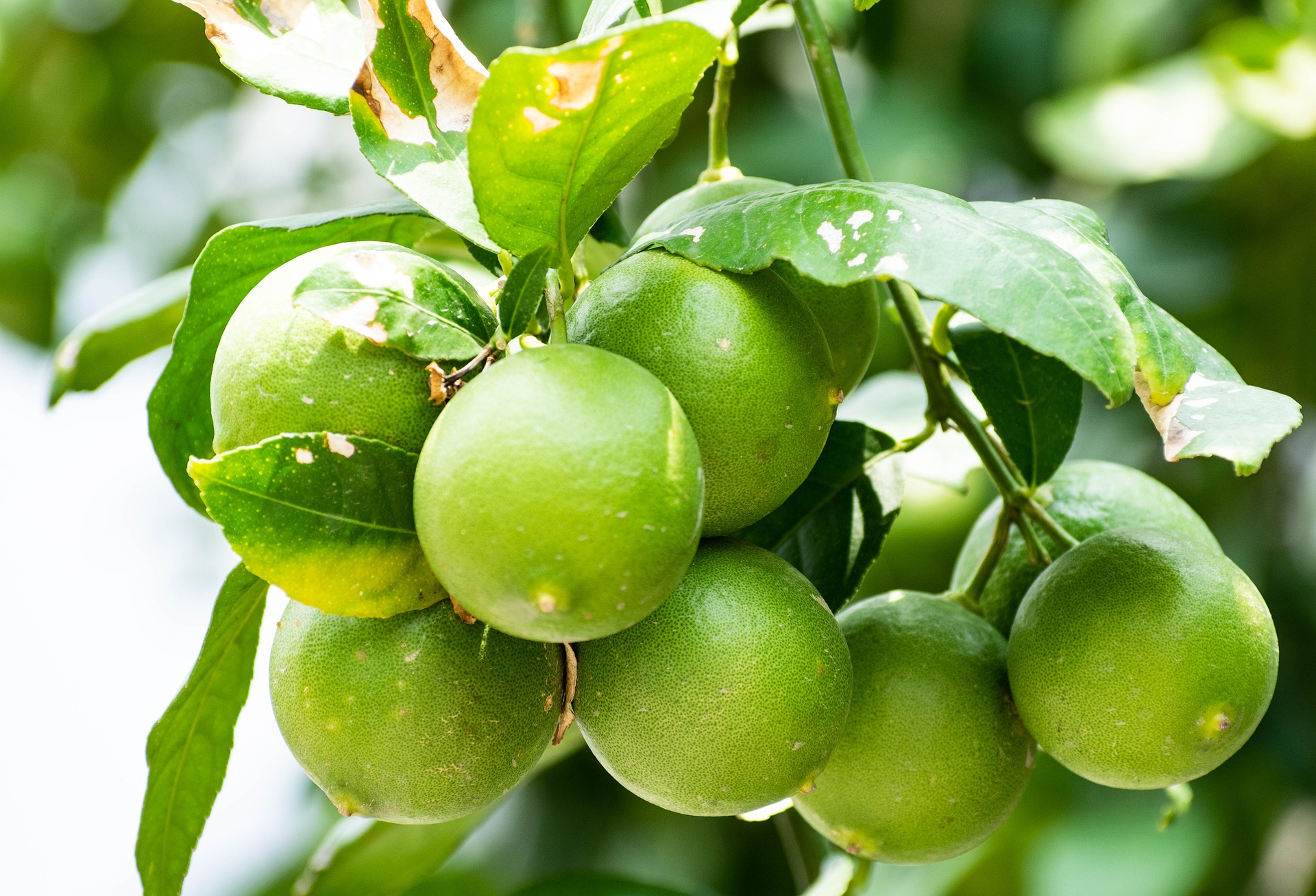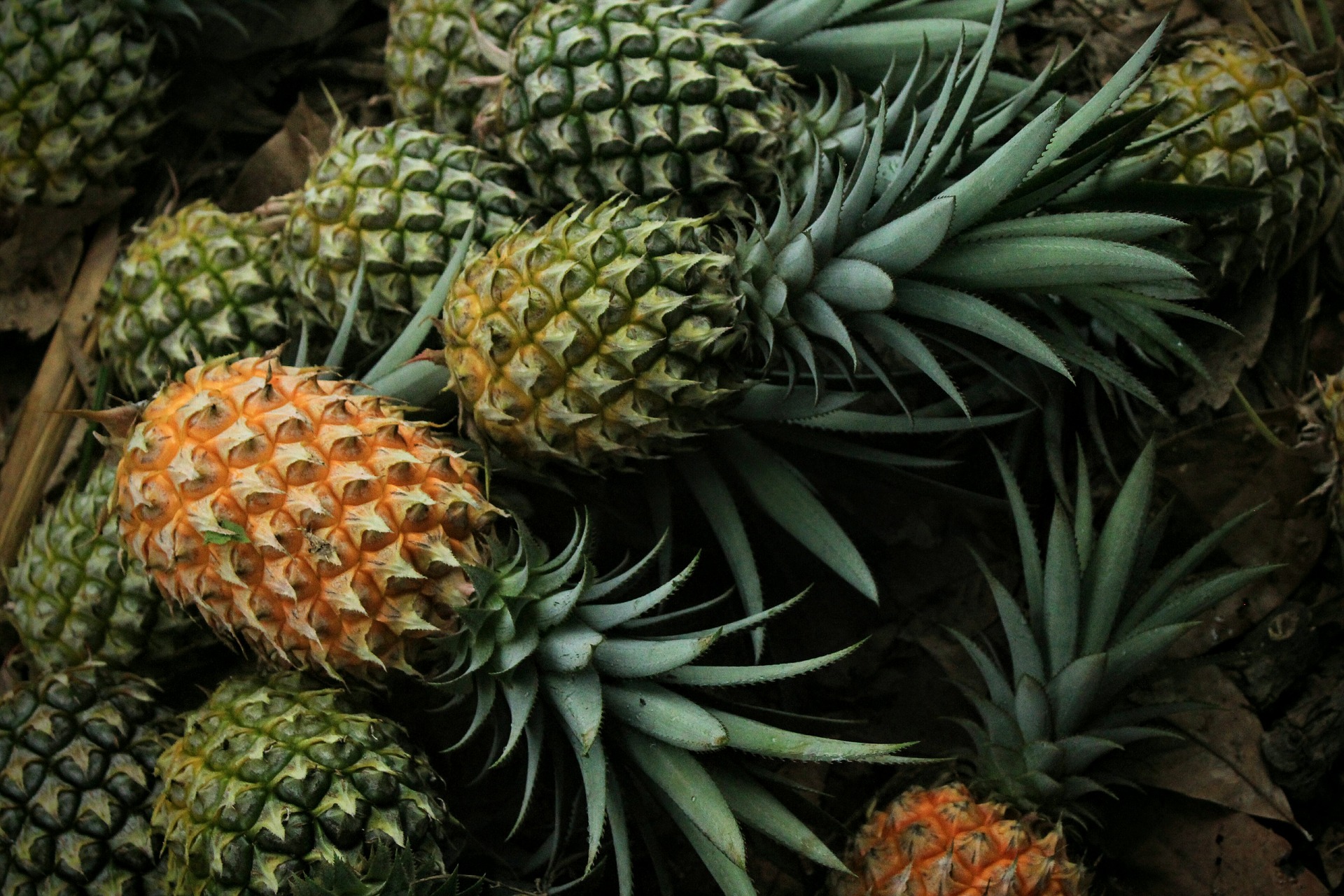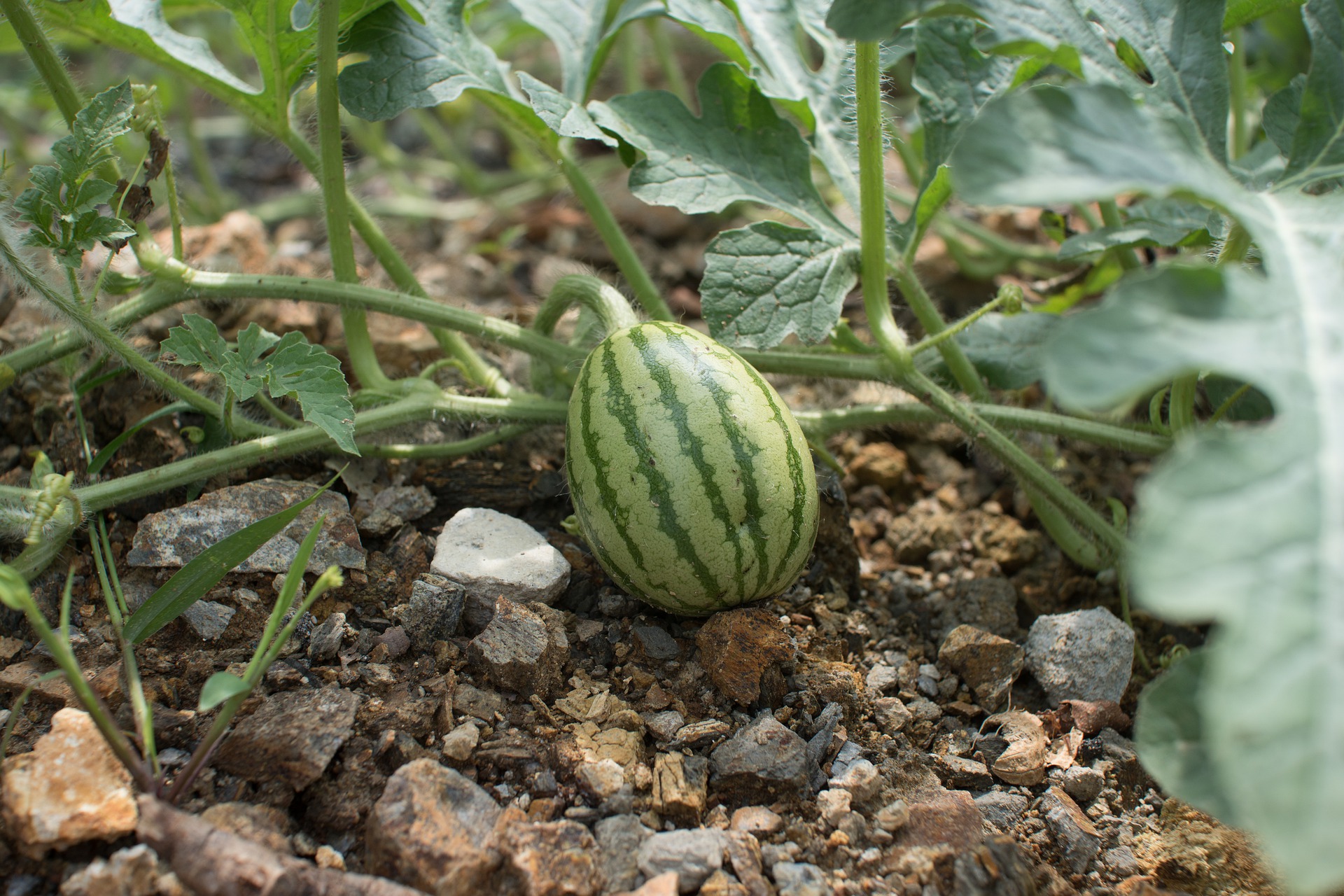Your cart is currently empty!

Amla Farming Guide and Cultivation profits in india
Amla, The indian gooseberry is known for its high vitamin C content and its medicinal values. The value of the fruit is known to both farmers and the common man equally. Educating consumers on the benefit of amla is unnecessary. The consumption of amla though , is limited. Its usually a fruit which is consumed after some form of processing though consumption in its raw form is also quite prevalent.
For farmers, Amla is easy to grow, gives good profit and takes less maintenance. Though there are people who do put in extra efforts and methods to grow amla for better yield and profits, this is usually unnecessary considering traditional farming will give you equal profits with lesser efforts.
Areas, Production and Market
Amla Is consumed all over india. There are places which are not suitable for Amla Growth But there are no places which do not have a market. Consumption of raw Amla is high, but being a seasonal fruit, its not available through out the year. While available, these fruits are in abundance and usually available for a very nominal price to the consumers. Unfortunately, Amla cannot be consumed like other fruits and berries. Excessive consumption of raw amla is not recommended or even possible. A person can consume 4-5 amla at a time and may be 14-15 amla a day. The Fruit in its raw form is not as palatable as it is beneficial.
Amla fruits are usually consumed processed. These fruits are dried, preserved as pickles or processed with sugar. For medicinal purposes, these fruits are used in a wide range of products from Arishta, Chyavanprash and even dried Amla tablets. The fruit has immense value commercially, and with the right marketing and reach, farmers will never go wrong with their produce. The retail prices, No matter which variety will surely give returns of at least 15 rupees per kilo. While this may look like a small number, a mature tree will produce anywhere between 100-200 Kilos per tree. This is a revenue of 1500 Rs per tree or 1,50,000 Rs per acre of Amla plantation.
India is Third largest produces or Amla in the world. Amla , being grown mostly in tropical weathers, its suitable for indian climatic conditions.
When Looking at nutritional values and Vitamin C specifically, Oranges are known to be one of the fruits with the hightest vitamin c content. 100 Grams of Orange constitutes of 53 mg of Vitamin C. in Comparison to amla, Amla contains 253mg of Vitamin C per 100 Gram of Fruit. Thats 4 times more Vitamin C at the same quantity. Apart from Vitamin C, Amla is rich in a range of other minerals too , including, Thiamine, Niacin, Vitamin A and a while range of others, including Enough Dietary fiber. All in all, a wonder fruit.
Uttar pradesh stands at the highest in Amla production in India with Madhyapradesh and Tamil nadu standing second and third. 49000 Hectares of land is utilized in india for amla cultivation and is growing steadily.
The domestic market for amla and its demand.
Amla is one of the few fruits which has a high demand locally. Almost all part of india will have good consumer base for amla. Most people are educated about the health beneifts of the fruit itself and some do find the fruit to be interestingly tasty. Pickles are common in India and Amla pickles can be stored for a year to two without losing their value.
Marketing of Amla, As mentioned before is quite unnecessary considering the fact that most Consumers are already aware of its benefits and would purchase them. Demand for the fruit is year round but the harvest of the fruits usually happens during late winters. Amla , harvested during february and the price for the fruit usually is the lowest during this period. The produce is high and the consumers do flock in to purchase.
Amla , Which cannot be sold in the local market, usually end up in Juice factories or ayurveda medicines. Amla is a key ingredient in many of the ayurveda medicines. Prices could range from 15-20 Rs per kilo when purchased by ayurveda companies, but they do follow strict protocols. Reduced pesticides, fertilizers and chemicals are key to selling to medicinal companies. Juice factories on the other hand have lesser rules and protocols but the prices may be a bit lesser.
Know your Market.
For farmers, its important to know where to sell the produce before they even plant. For amla, it may take 6-8 years for peak production. While it may seem impossible to predict what the future holds when it comes to price, You can at least be prepared to find out where the local market lies. While it may seem very hard to sell medicinal produce in mandi’s The Amla is not just used for medicinal purposes. Mandi’s Do sell amla and the price range from 2000Rs per Quintal to 4500 Rs per quintal and could go up to 7500 Per quintal in off seasons like September. That’s approximately 75 Rs per kilo!
Soil and Climatic condition
Amla Grows in tropical and subtropical climatic conditions. Heavy Winters are not suitable for the plant. Amla is grown successfully in dry regions like rajasthan with proper irrigation. The success of farmers in rajasthan is notable in this regard. The soil for Amla growth should be acidic between 6 and 9 in the Ph scale. Most areas in india are suitable for Amla Plantations. Tamil Nadu, andhra, karnataka, telangana, Kerala , Maharashtra, Gujarat, Rajasthan, Madhya pradesh and Uttar pradesh, among other states in the mid and lower india are perfect for amla cultivation.Northern states should avoid amla cultivation if they face harsh winters. Astonishingly many including Farmers from kashmir and other cold weather states have found some success in amla farming!
Maharashtra is one of the few states where amla farming is untapped and can be improved.
Common Amla Varieties cultivated
Amla has a few varieties which are known apart from the desi variety which is distinct to each region. The Krishna , Chakia, NA 7, NA 4, NA5, NA 10 Varieties are commonly grown among farmers with wider farmers in the Rajasthan and uttar pradesh region preferring the Chakia variety. NA 7 is the second most popular variety grown. Desi varieties are perfect for each region and are tolerant to weather conditions but their yield is considerably low and the fruit sizes are smaller.
Amla Per acre Cultivation Yield & Profits Analysis
You can analyze expected profit by doing a bit of calculations. There may be a few changes depending on your area/location, Variety of amla plant you expect to cultivate and factors like climatic condition. This is a general calculation which you may want to adjust to your needs.
The calculations are based on the below factors.
- Spacing between plants : 15 Feet / 4.5 Meters Approximately
- Total Number of Amla Plants per acre : 200
- Irrigation System : Drip
- Climatic conditions : Subtropical
- Soil : Sandy Loam, PH between 5 and 7
- Price is calculated at 10 Rupees per kg
| Year Of planting | Yield | Income/ Tree | Income/ Acre |
| 3rd Year | 15 | 150 | 30000 |
| 4th Year | 30 | 300 | 60000 |
| 5th Year | 40 | 400 | 80000 |
| 6th Year | 60 | 600 | 120000 |
| 7th Year | 80 | 800 | 160000 |
| 8th Year | 100 | 1000 | 200000 |
| 9th – 40th Year | 100 | 1000 | 200000 |
When calculation income, its also important to calculate your expenses. From labour to cost irrigation, electricity and more should be calculated. Expenses in the first 2 years are a bit more than the cost of maintenance of the amla plants later on. Initial investment for irrigation may include costs for a drip irrigation system. Apart from irrigation, Land preparation, digging , planting material, manure and fertilizers also are taken into cost consideration. Below is a simple list of all expenses incurred.
| 1st Year | 2nd Year | 3rd Year Onwards | |
| Land Preparation | 20000 | – | – |
| Plant Cost | 60 Rs per Plant 12000Rs per Acre | – | – |
| Manure and Fertilizers | 15000 | 15000 | 15000 |
| Irrigation | 12000 | 12000 | 12000 |
| Other Expenses | 15000 | 15000 | 15000 |
| Total Expense | 74000 / Acre | 42000/Acre | 42000/ Acre |
Profit and Loss Per acre – Amla cultivation economics
| Income | Expense | Profit/ Loss | |
| 1st Year | 0 | 74000 | -74000 |
| 2nd Year | 0 | 42000 | -42000 |
| 3rd Year | 30000 | 42000 | 12000 |
| 4th Year | 60000 | 42000 | 18000 |
| 5th Year | 80000 | 42000 | 38000 |
| 6th Year | 120000 | 42000 | 78000 |
| 7th Year | 160000 | 42000 | 118000 |
| 8th Year onwards | 200000 | 42000 | 158000 |
NOTE : With the Above calculations, you would be able to break-even in the 6th year. Till then you will have to invest amount into labour, weeding and maintaining the plants. Intercropping in amla field is a common practice to help with revenue during the slack period. Consider ground level plants like urad, moong, cowpea and other nitrogen fixing plants. Amaranthus and other plants which require moderate water is also feasible crop.
An average PROFIT of 1 Lakh rupees per acre can be easily maintained even with a bit of inflated expense. The profit margin could touch 2 Lakh with intercropping with other vegetables, specially moong, urad and other pulses. Nitrogen fixation plants will reduce weed and increase soil nitrogen content, helping the amla plants grow better. Amla plants are also not so prone to diseases and pests and an annual application of pesticides could prevent most problems.
Amla growing areas in india
Amla can be cultivated in almost all places in india. Some of the key states which are excellent for amla cultivation include Tamil Nadu, Karnataka, Uttar pradesh, Andhra pradesh, Bihar, Gujarat, parts of Rajasthan, haryana and parts of kerala.
- Uttar Pradesh: Uttar Pradesh is one of the largest producers of Amla in India, with many farmers cultivating the fruit in the districts of Pratapgarh, Varanasi, and Allahabad.
- Gujarat: Gujarat is another significant state for Amla cultivation. The districts of Junagadh, Amreli, and Bhavnagar are known for their Amla orchards.
- Rajasthan: In Rajasthan, Amla cultivation is prominent in the districts of Jaipur, Udaipur, and Jodhpur.
- Madhya Pradesh: Amla cultivation is widespread in the central state of Madhya Pradesh, especially in the districts of Ratlam, Mandsaur, and Neemuch.
- Maharashtra: In Maharashtra, Amla is grown in regions like Jalgaon, Pune, and Ahmednagar.
- Chhattisgarh: The state of Chhattisgarh also contributes to Amla cultivation, with its major growing areas in the districts of Bastar and Dantewada.
- Tamil Nadu: Tamil Nadu is known for Amla cultivation in districts like Salem, Coimbatore, and Erode.
- Andhra Pradesh and Telangana: These southern states are also involved in Amla cultivation, with regions like Vishakhapatnam, Krishna, and Warangal being significant contributors.
- West Bengal: In West Bengal, Amla cultivation is observed in the districts of North 24 Parganas, South 24 Parganas, and Hooghly.
Growing amla at home
Planting Amla at home is easy and feasible. It is one of the few trees which require minimal maintenance. The downside of planting amla at home is that you will need to find someone to help you pick the fruits specially when the trees are bigger after 6th or 7th year. The leaves are small and they do shed. If you are planting them in an open space where you are not really concerned about the falling leaves (which are hardly visible) you will not find a problem at all. These trees dont provide full shade, so you would be happy to know that you can place flower pots and other potted shrubs below the plant through out the year. This makes your home look beautiful and perfect with a tree and all those flowers around it. Flowers which prefer partial shades (a lot of them are available) or succulents are excellent choices to be placed under the amla tree. Ensure that these plants are potted and not directly planted near the soil. There wouldnt be a lot of problems if you plant them directly but this would involve more maintenance .
Amla contract farming
Contract farming is not practiced extensively in india. There are a few states and even fewer companies which will be willing to invest time and money into an amla farm. Amla plants usually take 3 years to star fruiting. It takes even more time (up to 8 years) for its full potential to be achieved. Once the tree is fully developed, Most companies who manufacture medicines and juices can be approached. They do take the entire plantation for lease in certain cases, providing the farmer with a fixed amount per year. The lease is usually annual. There is no expense to the farmer from that point onwards. The company does the maintenance of the land and also ensures that the picking is done in time, Watered regularly etc. Some traders also take amla farms for lease.
Major companies who would be interested in Amla contract farming includes, dabur & patanjali . Unfortunately these companies only prefer to contract farm with areas near their production unit. If you are near one of these companies manufacturing units, there is a high chance that they would be interested in contract farming. Look for juicing companies or ayurvedic medicine manufacturing units near your area. It could be a good start. It would be impossible to gain any form of cooperation before the trees are fully developed. Expect to be paid only after th 6th year, usually after the 8th.
Recent Categories
Recent Posts
Post Archive
Category Tags
There’s no content to show here yet.
